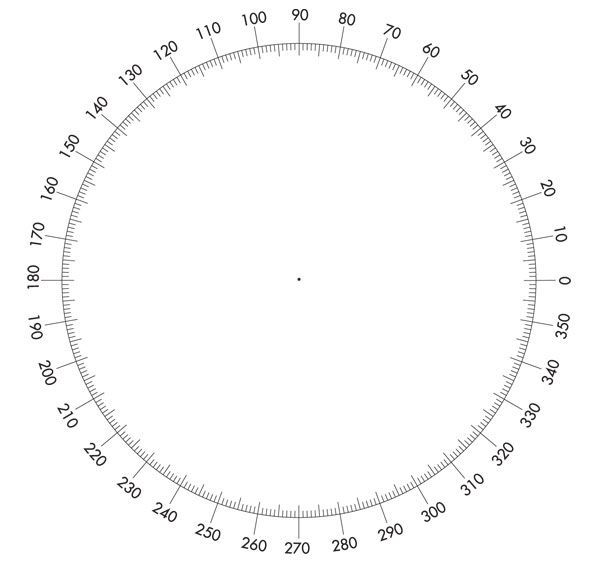How to Teach Expanding Brackets
- Jonno

- May 15, 2023
- 1 min read
Students can learn effectively when they make connections between new concepts and their existing knowledge. By connecting new concepts to familiar knowledge, students can better understand and retain information. When it comes to expanding brackets, connecting it to the basic principles of multiplication is highly effective.

To establish this connection, students should be reminded of the multiplication rule that states a(b) is equal to a multiplied by b. This serves as the foundation for understanding how to expand brackets. Once students grasp this multiplication rule, they can apply it to expressions such as 5(y+3).
By breaking down the expression step by step, students can see that 5(y+3) is equivalent to (y+3) + (y+3) + (y+3) + (y+3) + (y+3). Here, they can sum up the y terms and sum up the 3’s. Students should observe that 5y can be expressed as 5(y) or y + y + y + y + y, connecting addition, multiplication and distribution into one idea. Similarly 15 can be expressed as 5(3) or 3 + 3 + 3 + 3 + 3.
This representation allows students to see the connection between expanding brackets and basic multiplication. They can observe that the simplified expression (y+3) + (y+3) + (y+3) + (y+3) + (y+3) is equal to 5y + 5 x 3 resulting in 5y + 15.
By bridging new concepts with familiar knowledge, students can grasp the distributive property more effectively and reinforce their understanding of multiplication in the process. This connection strengthens their overall mathematical comprehension and provides a solid foundation for future learning.




Comentários